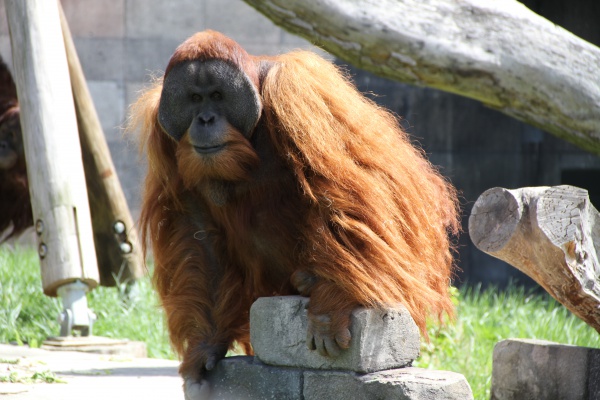Facts About Sumatran orangutan
The Sumatran orangutan is a captivating species found exclusively on the Indonesian island of Sumatra. It is one of three species of orangutans and derives its name from the Malay words meaning 'person of the forest.' Male Sumatran orangutans can reach up to 1.7 meters in height and weigh around 90 kilograms, while females are generally smaller.
These orangutans primarily consume a diet of fruits and insects, distinguishing their foraging habits from those of their Bornean counterparts. Remarkably, they have been observed using tools in the wild, a testament to their intelligence.
Sumatran orangutans undergo distinct life stages, both physically and behaviorally. Although they exhibit social tendencies, adult males tend to maintain solitary lifestyles. Sadly, this species is facing severe threats due to habitat loss caused by logging, agricultural expansion, and poaching. Conservation efforts are currently underway to protect the remaining population, estimated to be around 7,000 individuals.
The diet of Sumatran orangutans mainly consists of fruits and insects, though there are occasional reports of them consuming meat. Studies on their genetic makeup have provided valuable insights into their genetic diversity. Unfortunately, the Sumatran orangutan is critically endangered, compelling conservationists to focus on preserving their habitats and rehabilitating former captive orangutans.
Most of the remaining Sumatran orangutans are found in the northern part of Sumatra, with estimates suggesting approximately 14,613 individuals left in the wild. Conservation efforts emphasize protecting their forest habitats and reintroducing orangutans rescued from illegal captivity. Nevertheless, deforestation and habitat fragmentation continue to pose significant challenges, exacerbated by the high rates of deforestation in Sumatra.

 Malaysia
Malaysia